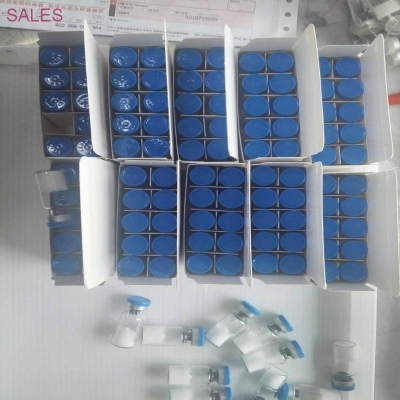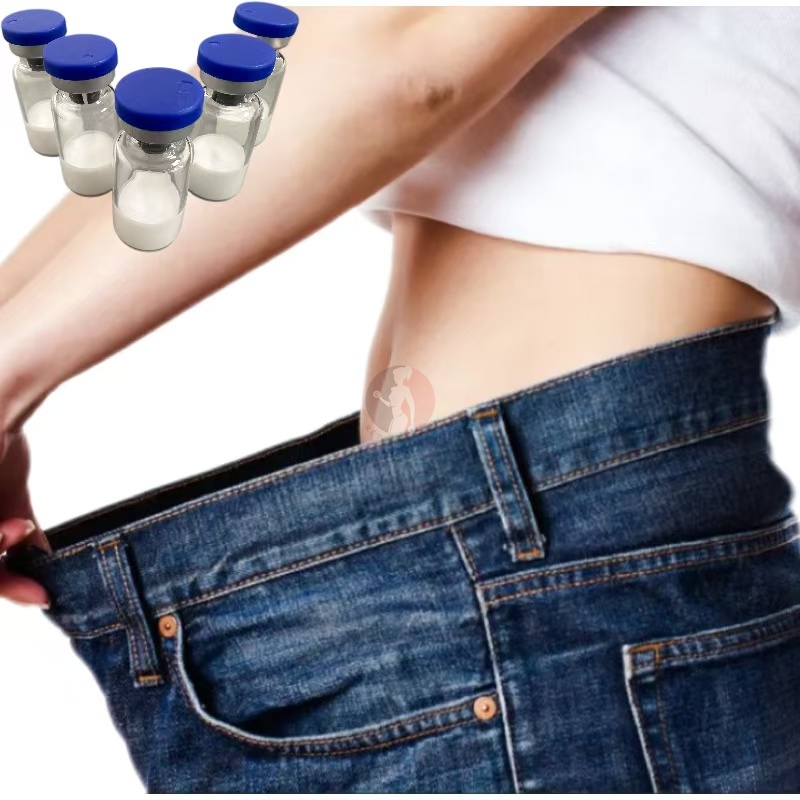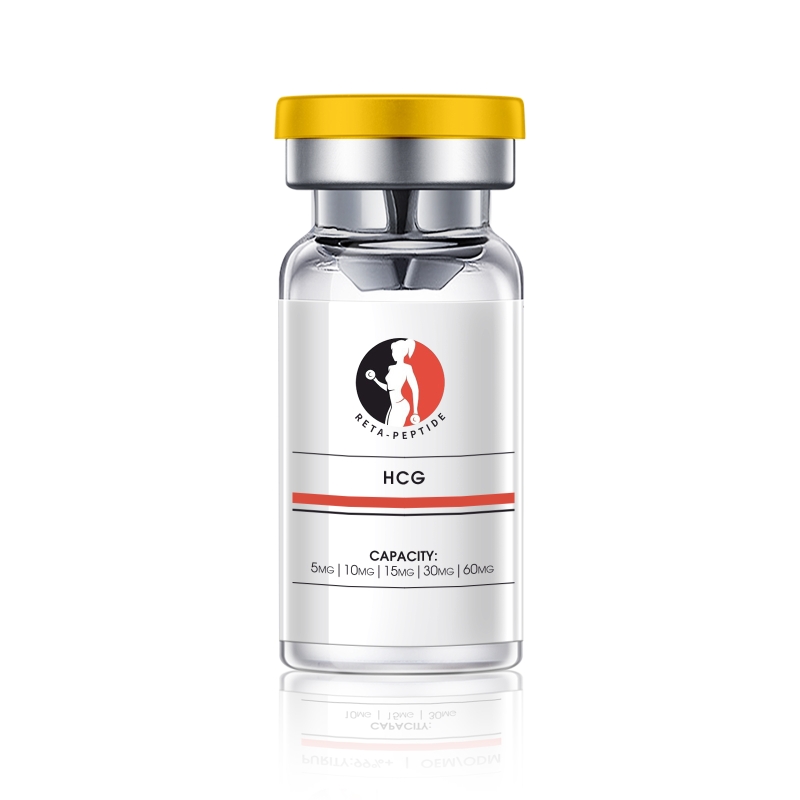-
Categories
-
Pharmaceutical Intermediates
-
Active Pharmaceutical Ingredients
-
Food Additives
- Industrial Coatings
- Agrochemicals
- Dyes and Pigments
- Surfactant
- Flavors and Fragrances
- Chemical Reagents
- Catalyst and Auxiliary
- Natural Products
- Inorganic Chemistry
-
Organic Chemistry
-
Biochemical Engineering
- Analytical Chemistry
-
Cosmetic Ingredient
- Water Treatment Chemical
-
Pharmaceutical Intermediates
Promotion
ECHEMI Mall
Wholesale
Weekly Price
Exhibition
News
-
Trade Service
Keywords: Pipette tip BUNSEN Bunsen 100ul tip Bunsen teaches you how to choose a pipette tip correctly? Pipetes are experimental instruments in biological research, and their accessory tips are also used in a huge
number of experiments.
There are many manufacturers of pipette tips, how to choose the right products for many brands and models of tips? How to choose pipette tips: First, the material When the tips on the market are basically made
of polypropylene plastic (colorless transparent plastic with high chemical inertness and a wide temperature range).
However, the same polypropylene, the quality will also vary greatly: high-quality tips are generally made of natural polypropylene, while inexpensive tips are likely to use recycled polypropylene plastic (in this case, we can say that its main ingredient is polypropylene).
In addition, most tips will add a small amount of additives in the manufacturing process, the common are: 1, color development materials
.
The blue tip (1000ul) and yellow tip (200ul) commonly known in the market are the corresponding color developing materials 2 and release agents
added to the polypropylene.
Helps the tip detach
from the mold quickly after forming.
Of course, the more additives, the higher the
probability of undesirable chemical reactions occurring during pipetting.
So it's good without additives! However, due to the relatively high requirements for the production process, tips without additives at all are rare in the market
.
Second, the packaging form of the suction tip mainly includes bags and boxes
.
In relatively mature markets, boxed packaging is the majority; In China, bags are the mainstream – mainly bags are cheap
.
The so-called bagging is to pack the tips in plastic ziplock bags, 500 or 1000 per bag (the number of high-range tips per bag will be much less).
Most users will buy a bag of tips and manually put them in the
tip box.
Although labor in China is cheaper, it also increases the chance of polluting suction heads! In addition, in recent years, a new form of packaging has emerged, that is, refilling (8 or 10 plate tips are stacked into a tower, and the tips can be quickly loaded into the suction box head without touching the tips).
These tips require less storage space and drastically reduce the use of plastic, thus achieving environmental protection goals
.
Although the share of this form in the country is still negligible, it is bound to be the trend in the long run
.
Third, specifications The pipette general standard tip has 6 specifications: 1, 10ul (0.
5-10ul white short tip, 0.
5-10ul white long tip); 2, 20ul (0.
5-20ul white long tip); 3, 100ul (10-100ul yellow); 4, 200ul (20-200ul yellow); 5, 1000ul (100-1000ul blue); 6, 5000ul (1000-5000ul white); Bunsen takes you to the right choice of pipette tips and related specifications? Bunsen has always regarded quality control as the life of the enterprise, and pursues the continuous improvement
of enterprise competitiveness.
The company has always adhered to the principle of abiding by the law, being strict with oneself, being lenient and daring to assume the enterprise spirit as the standard, maintaining and expanding the market with excellent quality and excellent service, and meeting the needs of customers
to the greatest extent.
Win-win with customers is our development goal
.
Bunsen! Your trusted partner
.
We are willing to cooperate with you sincerely to create a better future
.







